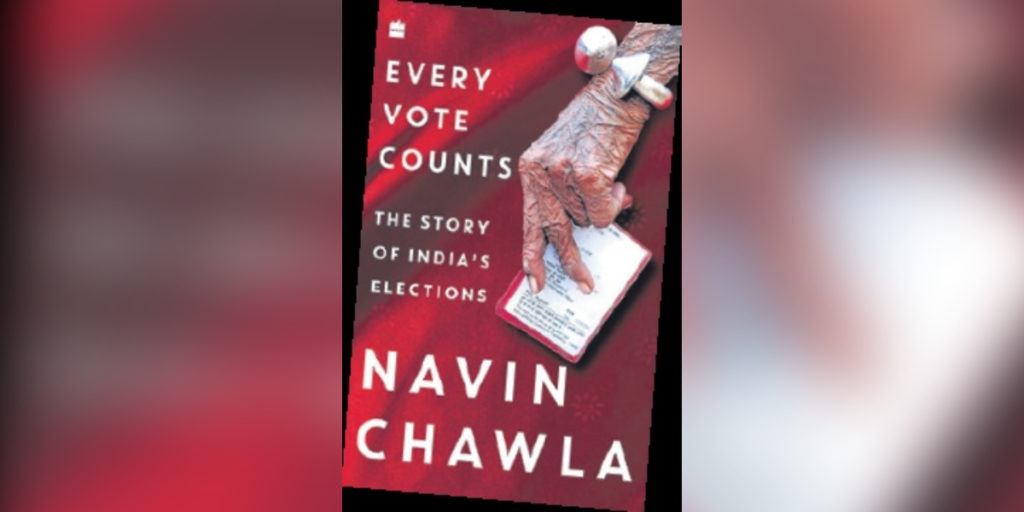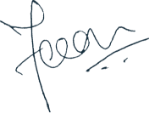The big fat Indian election

My memory of elections is deeply associated with Prannoy Roy, India’s foremost and finest psephologist. The first televised coverage of an election result in India was produced during the 1989 general election. Roy who began his career as a TV journalist by covering it for Doordarshan and then as a news presenter in the international news show The World This Week became a household name. Thirty-five years since that coverage, we enter yet another election season, and the question we need to ask is: Is India an electoral autocracy?
That we hold an election on time, and that in every state and general election, the losing side and the party have unquestioningly accepted the result is a clear indication of our continuing faith in the electoral process. The same cannot be said even of the US elections. In India, no party has ever received more than 50 per cent of the vote share, so we have always had an opposition, though it has weakened considerably.
The electoral process in India does have its challenges – issues such as voter fraud, corruption, and the influence of money in politics pose significant hurdles to free and fair elections. Moreover, India’s vast geographical expanse and diverse population present logistical challenges in ensuring equitable access to the electoral process, particularly in remote and marginalised regions.
However, we do go to great lengths to ensure franchise. In Navin Chawla’s book, Every Vote Counts, he shares the story of a polling station that was set up in the village of Banej in Junagadh district in Gujarat for the 2009 election. Located in the heart of India’s only lion sanctuary, it was set up for a single voter – Pujari Bharatdas Dashandas. A presiding officer and two other officials travelled through almost 40km of dense jungle, accompanied by a couple of policemen presumably to keep the lions at bay!
The roots of elections hark back to ancient Greece but it was in the Roman Republic that the concept of representative government and periodic elections emerged. The Roman model of electing officials to represent the interests of the people laid the foundation for modern democratic practices. When the greatest Roman orator Marcus Cicero ran for the highest office in the Roman Republic in 64BCE, his younger brother Quintus Tullius decided to give him some practical advice in the form of a campaign guide. This was published by Princeton University Press as How to Win an Election: An Ancient Guide for Modern Politicians. “Promise everything to everyone. Give people hope, at least until the election… then inevitably you will let them down.” Would you believe such nuggets date back over 2,000 years?
Medieval Europe saw the emergence of feudalism but the Magna Carta in 1215 marked a pivotal moment in the struggle for democratic principles. Over time, this led to the establishment of parliamentary systems and the gradual expansion of suffrage. The Enlightenment further fuelled the ideals of democracy and individual rights, inspiring the American and French Revolutions.
The 19th century witnessed the expansion of suffrage and the democratisation of electoral systems in many countries. Movements for women’s suffrage, workers’ rights, and civil rights challenged entrenched power structures and fought for equal participation in governance.
Fast forward to the 20th century, one can see significant advancements in electoral practices and technology, transforming the nature of elections. The advent of mass media, political parties, and campaign strategies reshaped electoral campaigns, enabling candidates to reach wider audiences and mobilise support. However, the century also saw challenges to democratic norms, including the rise of authoritarian regimes and the manipulation of elections for political gain.
Today, elections face new challenges, including disinformation, voter suppression, and the influence of money. Tech advancements have transformed the way elections are conducted, raising concerns about cybersecurity and the integrity of electoral systems.
India’s first general elections were held between 25 October 1951 and 27 March 1952 (of a population of 34.8 crore, 17.3 crore voted). Schoolteacher Shyam Saran Negi was the first to cast a vote for independent India. The Election Commission of India, an autonomous body, was established on 25 January 1950, so the adult franchise was effective from the very day India became a republic. Unlike in the West, democratic institutions in India are not well studied (eg. the last book about the PM’s office The Indian Prime Minister: Office and Powers was written in 1976 by LN Sharma although the PMO was created in 1960). Of the few good books on elections, one of my favourites is Rajdeep Sardesai’s 2014: The Election that Changed India. This election has been regarded as the most important in Indian history since 1977. It saw the decimation of the ruling Congress party, a spectacular victory for the BJP and a new style of campaigning that broke every rule in the political game. A page-turner, this is political storytelling at its best.
The Verdict: Decoding India’s Elections by Prannoy Roy and Dorab R Sopariwala, offers a detailed analysis, drawing on data, anecdotes, and interviews to unravel the complexities of electoral politics in the world’s largest democracy. Both these books are worth revisiting, especially before an election season! An Undocumented Wonder: The Making of the Great Indian Election by SY Quraishi delves into the behind-the-scenes workings of the Election Commission of India, offering insights into the planning, execution, and challenges of conducting our elections.
As India readies itself for a mammoth exercise in democracy – about 969 million are eligible to cast their vote in the upcoming election – more than the populations of North America and the European Union combined – Prime Minister Narendra Modi is standing for a rare third consecutive term in power, something that has happened for the first time since Nehru. Being the biggest democracy is not good enough; we should aspire to be the greatest too, the best example of democracy in the world.
Meanwhile, let us remember that it is the voter, not the politician, who is at the core of democracy. And the voter has been known to surprise us even when the outcome seems a foregone conclusion. As former President Pranab Mukherjee said, “You can only understand an election after it is over.”

